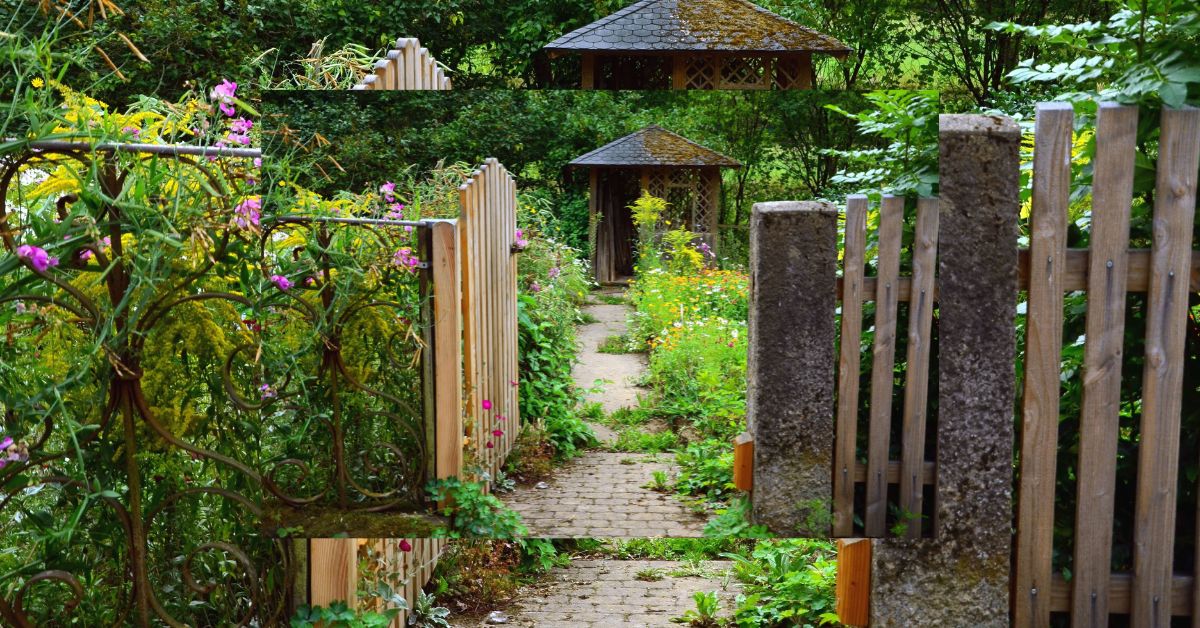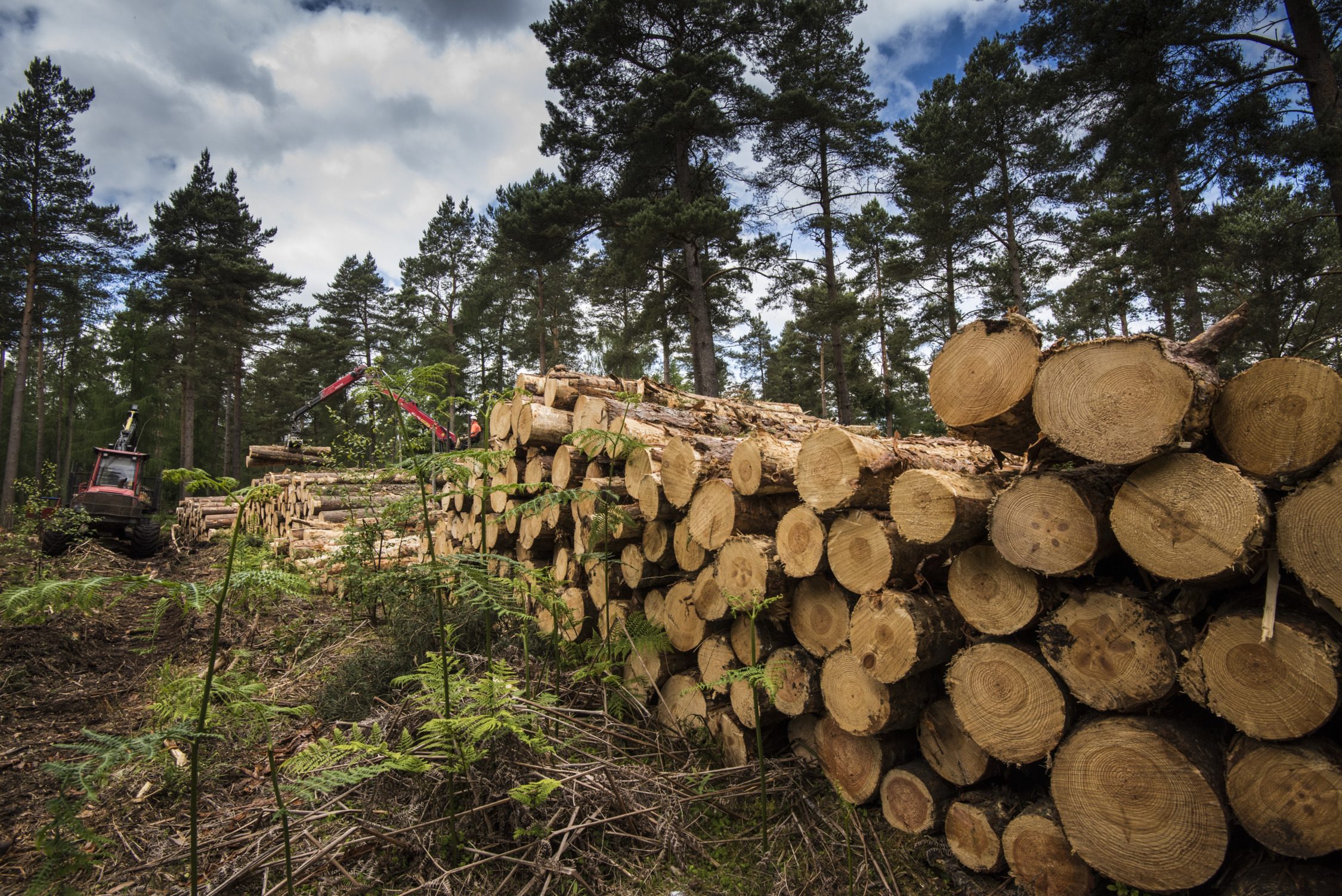Carbon is a non-metal element which is inert, and the total amount on the plant is strangely relatively constant. Everything around us is made up of carbon, including our own beings, animals, plants, soils and more.
Of the carbon in trees, 17% is held in branches and trunks of trees. 5% is in leaf litter, 6% in the root of the trees and 72% is in the soil.
When we talk about carbon, the issue that springs to mind is carbon dioxide, which comes from burning fossil fuels which contain carbon molecules. During the process of burning, fossil fuels emit carbon dioxide into the air.
How does this impact global warming?
As the levels of carbon dioxide increase in the atmosphere and as more and more fossil fuels are burnt, the gas is absorbed and emits infrared radiation back to earth. The impact of this is a surface rise in temperature, contributing to global warming. Other factors contributing to global warming include the increase in methane and carbon monoxide in the atmosphere.
Currently, CO2 levels are at their highest point in the past 20 million years.
What are world leaders doing to combat this?
Following COP26, many countries have signed up to the pledge with the aim of reducing CO2 in the atmosphere. One approach for doing this is called ‘Terrestrial Sequestration’, which, in short, means planting more trees. This is achieved as the trees absorb more CO2 out of the atmosphere through photosynthesis, storing it within the heartwood of the timber. This process takes place in all types of timber, both softwood and hardwood.
At present, the biggest area for Terrestrial Sequestration is the Amazon Rain Forest, however the forest is declining so rapidly that the sequestration cannot keep up. Through satellite imaging over the last 30 years, we can see that more than 75% of the untouched rain forest is in rapid decline due to forest dieback. Droughts and forest fires are creating even more deforestation and erosion. Tree planting then becomes worthless – if it’s drier and the conditions are poor, trees cannot recover and/or grow.
Sadly, while Professor Tim Lenton of Exeter University emphasises the importance of the Amazon region in tackling climate change, President Jair Bolsonaro of Brazil is publicly encouraging deforestation and has increased deforestation in the area by 22% while in office.
There are also attempts to make a technological solution for carbon capture. Climeworks, created in Iceland, is an air filtering system with the aim of removing CO2 from their air – however, this is a publicly funded subscription model, meaning it is somewhat limited in its reach and capability. Read more about Climeworks here.
The ultimate aim is to be achieved by 2050 – it’s been worked out that the global community need to take out 12 billion tons of carbon to meet only one third of the emissions at todays output.
Does each type of tree vary in how much carbon it can absorb?
There are differences depending on the type of tree, yes. A Giant Redwood Sequoia, for example, may hold many tons of carbon in its trunk. Willow, in contrast, stores very little and emits more harmful volatile organic compounds. The best tree species when it comes to carbon capture are Yellow Poplar, Maple, White Oak, Chestnut, London Plane, Douglas Fir, Larch and Wellingtonia.
Further, trees that are planted in tropical areas can have an even greater impact. Due to the ability to grow all year round, they are able to absorb more CO2 in a shorter space of time.
As a generalisation, the process of Terrestrial Sequestration is a brilliant tool for working towards worldwide environmental objectives, particularly as within the first 30 years of a trees life it is the most productive for oxygen release. This means that planting new, young trees can have a significant impact on the absorption of CO2 from the atmosphere.
What else is contributing to global warming?
There are so many factors contributing to global warming. Here are just a few summarised into bullet points:
- Adding fertilisers and manure on top of fields
- Planting soya – this wreaks the thin soil and robs it of nutrients
- Cattle ranching increases methane
- Flight travel – Melbourne to NY aircraft will put approximately 1600kg of carbon into the atmosphere
What else can we do to support global warming objectives?
The main step we can all take is to take responsibility for our trees locally first. In the UK, there is a significant need for housing and the UK government are working to increase housing developments in many counties. However, this growth of human need for space is at the cost of the land.
We must continue to plant more trees and have the number of trees planted increasing yearly, globally. As stated in The Guardian in 2019, “We need 1 trillion trees to plant now.”
Outside of the UK, specific areas of the World also need to play their part. India and China are currently the greatest polluters in the World. In the 1990s, China were opening a new solid coal powered power station every week and, in the last twenty years, China has used more poured concrete than the USA did in the previous 100 years. With concrete needing fossil fuel for production, this heavy increase in use of concrete in China is just another contributing factor for climate change.
Although a huge global task, planting trees is thought to be the simplest, cheapest and most beneficial way to prevent further climate change. It would, however, need 1.76billion hectares of land space. 1.2 trillion trees of native mixed Saplings would need 11% of the total usable land area in the world – the size of USA and China combined. If this were to be achieved, it would take 50-100 years to be effective and would absorb up to 200 billion tons of carbon.
In the USA, it costs approximately 30 cents a tree – therefore 1 trillion tees would cost approximately $300 billlion. Though this seems incredibly expensive, the USA’s defence budget in fiscal year 2020 was $721.5 billion.
What happens if we do not reach our targets?
Despite the role China and India play, in the UK there is no excuse for complacency.
Worryingly, the World is at risk of biological annihilation with wildlife and human population at risk of being wiped out if we do not act. We have currently got approximately 50% of animal and plant species on the endangered list and we have lost 80% of species in their own genus in the last 100 years. Since 1900, 177 additional animals are now extinct and this number is rising at an increasingly fast rate.
Additionally, ie caps will melt faster, resulting in a rise in sea levels and greater impact of flooding. Just take a look at the environmental headlines throughout 2020 and 2021 and we can see the impact of climate change on our streets – this will only get worse. If the Greenland Ice Sheet melts, it’s been estimated the sea levels will rise by approximately 6-7 metres.
Climate change is coming quicker than the scientific bodies anticipated. The nations are coming together, creating incentives which are needed imminently. By growing more trees, not only are we providing more timber for project use, but we are slowing down climate change through carbon capture. This truly highlights the importance of trees in our global ecosystem.
WL West & Sons Ltd is a timber merchant and sawmill business with 150 years of experience. We provide a wide range of air-dried oak and kiln-dried oak timber products and supplies. We also build and install custom projects for our customers.
Our wood products, building materials and certified wood are manufactured and sold with the endorsement of forest certification and the Forest Stewardship Council FSC
For more news, tips and updates, follow us on Facebook, Twitter, or Instagram.
For entirely finished products, timber supplies or woodworking tools, have a look at our Retail Shop.



